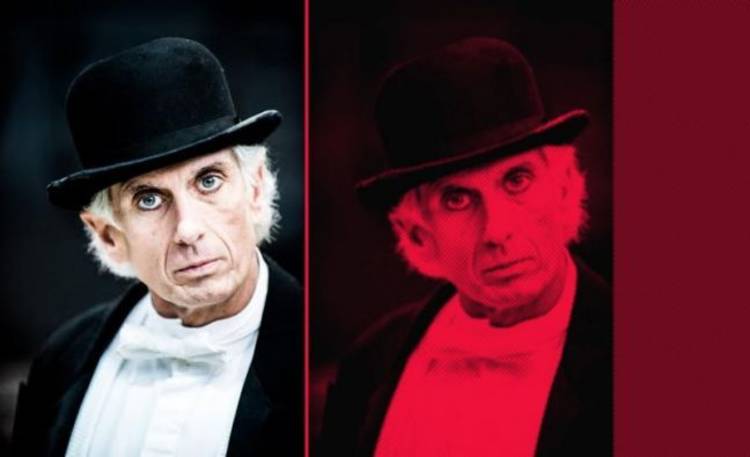


I wrote a film about Futurism. What’s more, I made a film about its founder, Filippo Tommaso Marinetti. Even better, we produced a film about Marinetti in New York. But, if Marinetti never set foot in New York, why make the film? Why Marinetti [2]?
Why make a movie about Futurism [3]at all? That’s why I’ll let the man himself reply: “We are
hastening the grotesque funeral of antiquated Beauty whose essential elements were memory, nostalgia, the fog of legend produced by remoteness in time, the exotic fascination produced by remoteness in space, wild solitude, wear and tear, the dirty traces of the years, crumbling ruins, mold, the taste of decay, pessimism, tuberculosis, suicide, the flattery of pain, the aesthetics of failure, the adoration of death.
Today a new beauty is born out of the chaos of new contradictory sensibilities… Geometric and Mechanical Splendor.
Its essential elements are: hygienic oblivion, hope, desire, bridled force, unbridled imagination, ubiquity, passion for success… the felicitous precision of gears… the meeting of convergent energies to make one single victorious trajectory, the feeling of the great city.” That’s why.
A city born out of chaos
Because this city is born out of chaos and contradiction. It’s the son of anarchy and the mother of order. Cities may differ but all are beautiful, as long as our eyes are open to the other.
Urban truth is all in the telling. That’s why. I imagined Marinetti coming back to life and speaking his truth, now alone, now among the people. From Manhattan to Brooklyn. To paraphrase Calvino, cities are divided between those who give shape to their desires and those whose desires cancel out the city.
Or get cancelled out by it. Marinetti’s prophecy of endless imagination was fully realized by NYC. Boccioni [4]’s The City Rises has been at MoMA for years. But Marinetti has been in New York forever. Without him there would be no Futurism, and New York paradoxically represents the best outcome of Futurism.
Futurist New York This film is homage to a great man who never kowtowed to history. He believed that humanity could live together. He was right. Over half the population of the world lives in big cities now. He imagined that cities would rise vertically and run deep.
Cities of skyscrapers and subways. Where energy, information and electricity are blood, breath, and the nerves of a new and diverse community. New York City is the perfect translation of Marinetti’s project. So. Why the film? I’ll answer this one myself. I was sitting on a bench in Central Park. A bench like any other.
Anyone could sit on it. And yet, sitting on that bench, admiring the marvelous contrast between the architecture and blue sky, between culture and nature, I discovered a plaque. On it was written something to the effect or if you’re here to have a look, close your eyes and you’ll see with your heart. The city like a set, the bench like a film.
Source URL: http://iitaly.org/magazine/focus/art-culture/article/marinetti-in-new-york-city-film
Links
[1] http://iitaly.org/files/massimilianofinazzerflorys13988300481418191054jpg
[2] http://en.wikipedia.org/wiki/Filippo_Tommaso_Marinetti
[3] http://en.wikipedia.org/wiki/Futurism
[4] http://en.wikipedia.org/wiki/Umberto_Boccioni